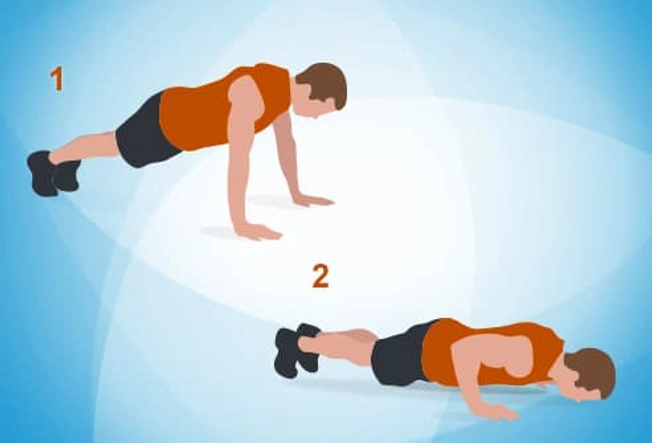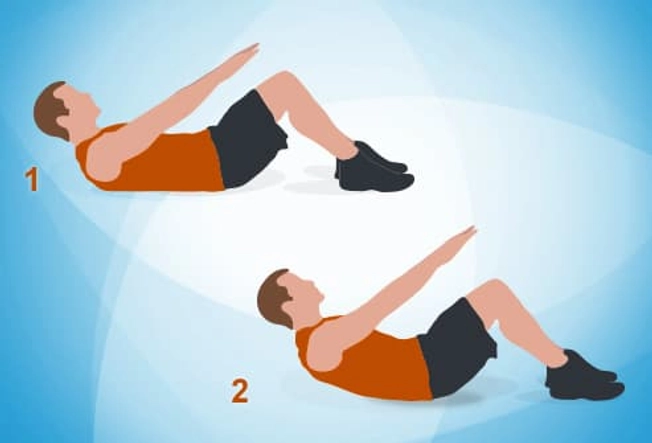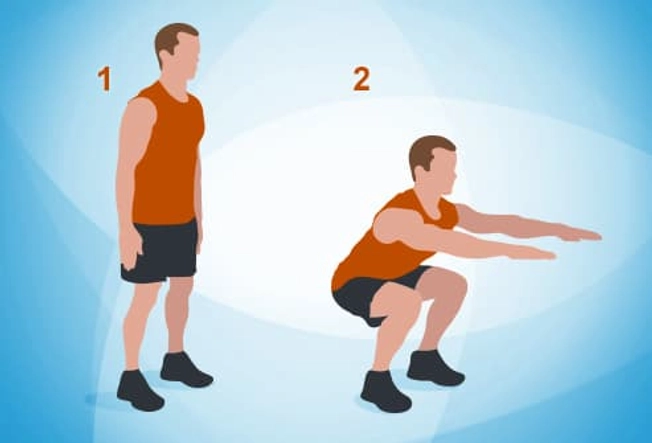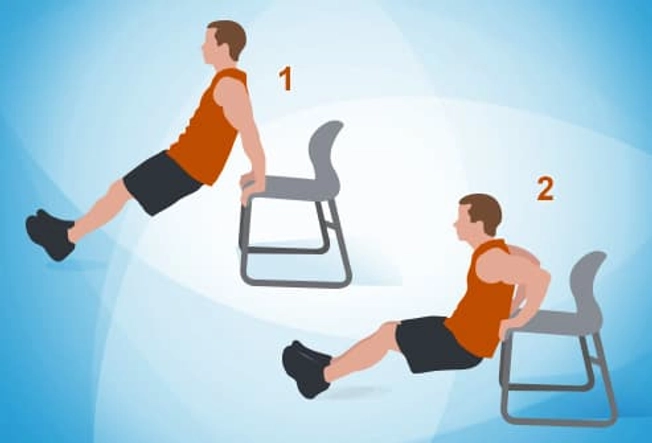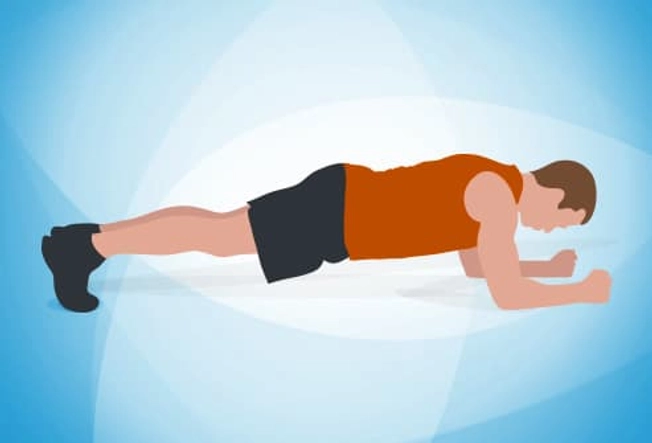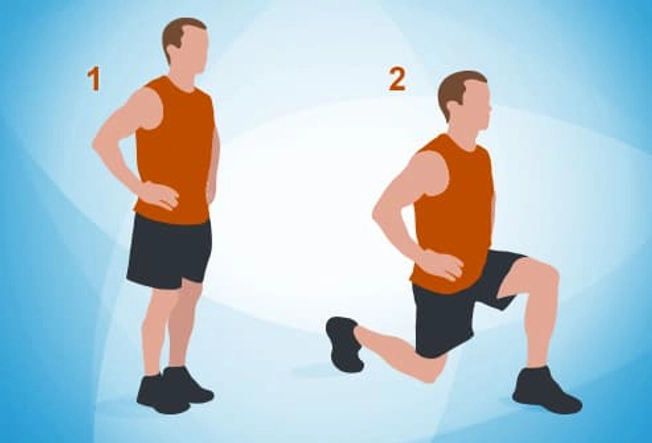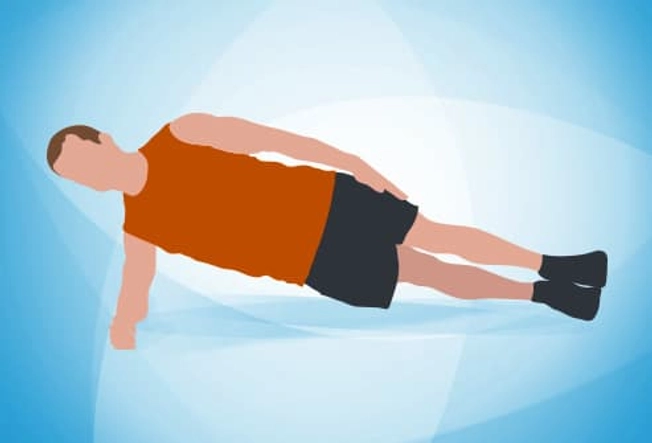A female’s testosterone levels fluctuate throughout life, the menstrual cycle, and at different times of the day. Low testosterone levels can affect the production of new blood cells, sex drive, and other hormone levels.
Testosterone belongs to a group of hormones known as androgens. Testosterone levels affect fertility, sex drive, red blood cell production, muscle mass, and fat distribution.
Many people think of testosterone as a male sex hormone, but everyone requires a certain amount. While males have more testosterone than females, female adrenal glands and ovaries produce small amounts of this hormone.
This article explains when doctors may consider testosterone levels low in a female as well as the symptoms, causes, and treatments for low testosterone.
A note about sex and gender
Sex and gender exist on spectrums. This article will use the terms “male,” “female,” or both to refer to sex assigned at birth. Click here to learn more.
Was this helpful?
What is low testosterone in females?
Iya Forbes/Getty Images
At this time, there are no conclusive guidelines for what should be considered “low” testosterone levels in females.
According to the United Kingdom’s National Health Service (NHS), testosterone levels in a female typically decrease throughout life.
Healthcare professionals consider a person’s symptoms when diagnosing low testosterone levels, but they may need to take a blood test for a conclusive diagnosis.
Symptoms
Low testosterone can cause one or more of the following symptoms in females:
- sluggishness
- muscle weakness
- fatigue
- sleep disturbances
- reduced sex drive
- decreased sexual satisfaction
- weight gain
- fertility issues
- irregular menstrual cycles
- vaginal dryness
- loss of bone density
However, many females with low testosterone levels do not experience these symptoms.
Because the symptoms linked to low testosterone are so common and can be vague, a doctor looks for signs of other issues or conditions before making a diagnosis.
A doctor may check for:
- depression
- anxiety
- chronic stress
- thyroid disease
- transition to menopause
Causes
The two main causes of low testosterone are:
- diminishing levels of the hormone as a normal result of menopause and aging
- problems with the ovaries or the pituitary or adrenal glands
Testosterone naturally decreasesTrusted Source as a female ages. Levels of other hormones, such as estrogen, also reduce over time, especially when menopause starts.
Around the time that menopause begins, a female may be more likely to have less testosterone because the ovaries are producing less hormones.
Also, medications that address the side effects of menopause can lower testosterone levels. One such medication is oral estrogen.
Problems with the ovaries and adrenal glands can also cause lower levels of testosterone. A female may have lower levels after removal of the ovaries, for example, or if they have adrenal insufficiency. This means the adrenal glands do not work correctly.
Diagnosis
There is currently a lack of research into the treatment of low testosterone in females. Many doctors are much more concerned about high testosterone levels.
In 2014, a task force of healthcare organizations recommended against routinely measuring testosterone levels in females, as research has yet to prove a link between testosterone levels and symptoms.
If a female reports any of the symptoms listed above, a doctor will likely check for other, more common conditions first.
To diagnose low testosterone in females, a doctor starts with a physical exam and asks about any symptoms. If the doctor suspects low testosterone, they order a blood test.
If a female has not yet reached menopause, the doctor is likely to advise on the best time to test testosterone levels. This is because they fluctuate throughout the menstrual cycle.
Treatment
Some estrogen replacement drugs contain testosterone. However, the quantity of testosterone in the medication may not be enough to raise levels, or the body may not be able to absorb them sufficiently.
A doctor may administer testosterone injections or pellets, expecting these treatments to have the same effect on females as on males: raising energy levels, decreasing fatigue, and increasing sex drive.
However, many doctors advise females not to take testosterone. Likewise, the Food and Drug Administration (FDA) has approved fewTrusted Source testosterone-based treatments for females.
Although the treatment is typically safeTrusted Source, further research into the long-term effects is necessary. The side effects can include:
- hair loss
- acne
- excess facial hair
- a deepening voice
- an enlarged clitoris
A 2020 articleTrusted Source suggests doctors may prescribe testosterone to menopausal females with low sexual desire if hormone replacement therapy alone is not effective in relieving symptoms.
Alternative therapies
A doctor may also recommend alternative therapies to treat the symptoms of low testosterone in females. These treatments and lifestyle strategies can include:
- sex therapy
- taking steps to manage stress
- getting enough sleep
- eating a balanced diet
- taking over-the-counter dehydroepiandrosterone (DHEA) supplements
DHEA is a steroid hormone that comes from the adrenal glands. However, researchers have yet to prove that supplementation is safe and effective in the long term.
The side effects of DHEA supplementation can be similar to those of too much testosterone.
Summary
Doctors and researchers still do not fully understand how low testosterone levels affect females or how best to treat the deficiency.
Testosterone levels change as a person ages, and they may drop as a female approaches menopause. If a female experiences symptoms of low testosterone, the results of a blood test can help a doctor make a diagnosis.
Never take testosterone replacement therapy without a doctor’s recommendation. Supplements and replacement therapies may cause more unpleasant side effects than they relieve.



